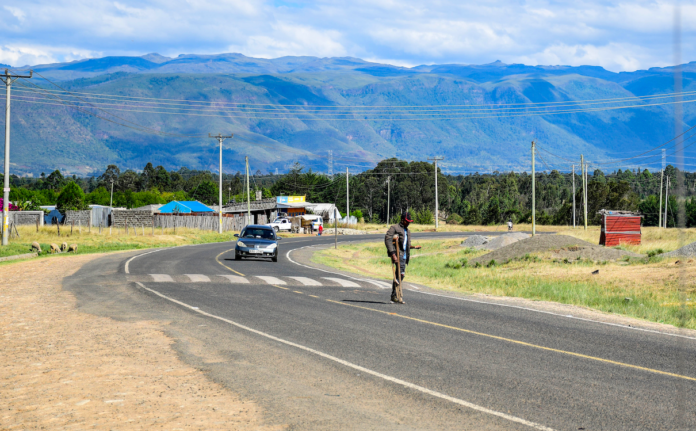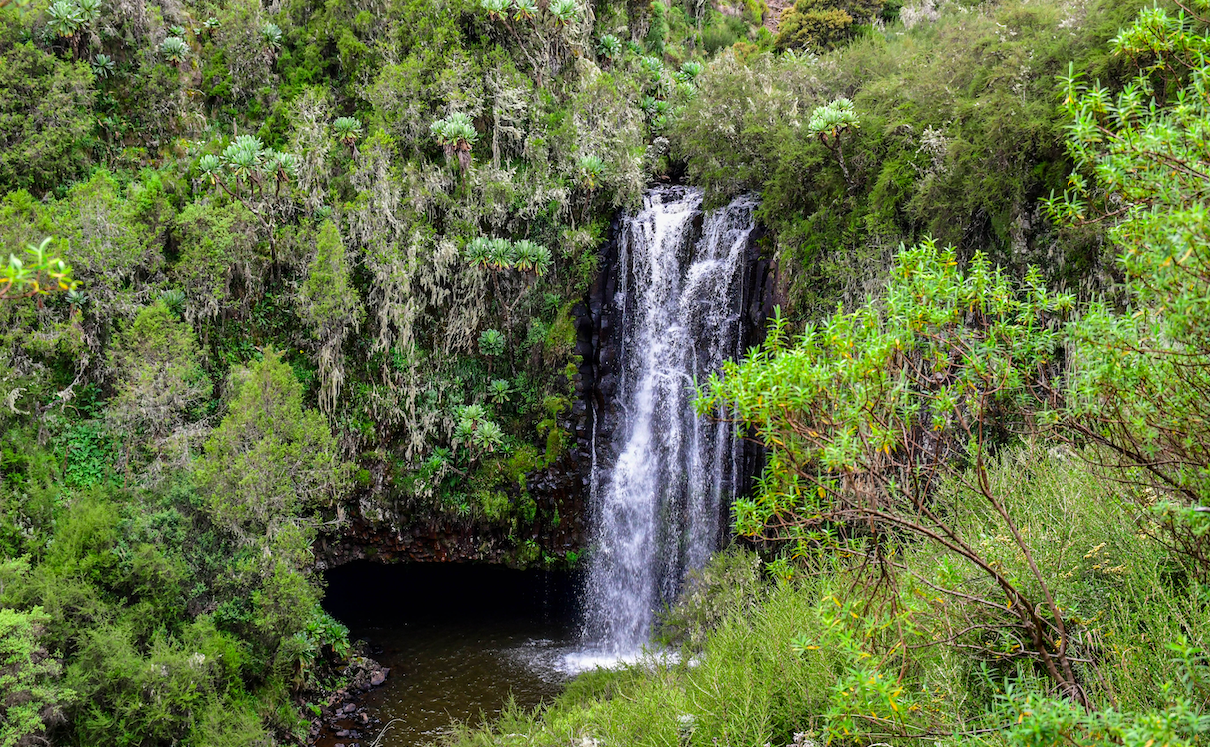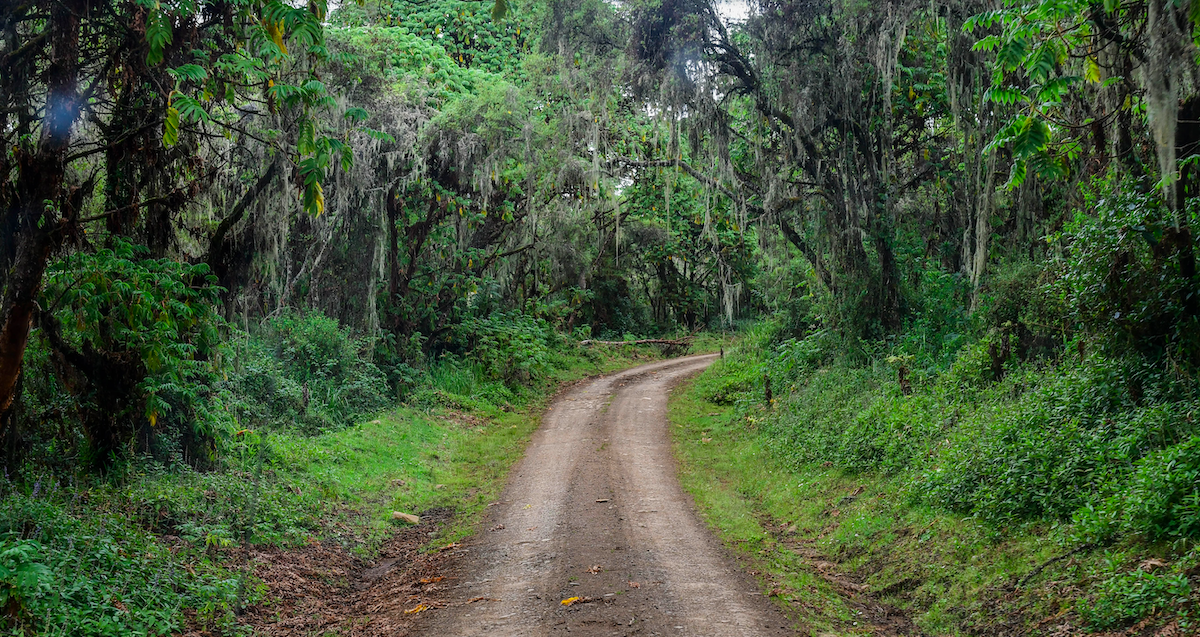
By Liz Anyango
Nyandarua, Kenya: Amidst the excitement surrounding this mega Mau Mau road project, environmentalists are raising concerns. Roughly 9.8% of the proposed road is expected to traverse through Aberdare National Park, which translates to approximately 49 kilometers, poses a threat to people, nature, and the economy. The potential impact on the environment, water catchment areas, wildlife, and the increased risk of accidents between vehicles and wild animals has stirred apprehension.
Michael Wachira, a resident of Nyeri County, where the proposed road will connect to Nyandarua, passing through the Aberdare National Park, expressed his views.
“We trust that the government will prioritize environmental protection in Aberdare. However, we are optimistic that the road will stimulate business activities in the Mt. Kenya region. Constructing the road will facilitate the transportation of abundant food from Nyandarua, known for its bountiful harvests, to Nyeri County, which has faced accessibility challenges for some time,” explains Wachira.
Christian Lambrecht, Executive Director of Rhino Ark, a Charitable Trust dedicated to impactful conservation and livelihood initiatives in the Aberdare landscape and across Kenya, stresses that the proposed stretch slicing through Aberdare National Park offers no or minimal economic and ecological advantages.
Lambrecht argues that it would not benefit local communities, as there are no settlements or businesses within the forest stretch, and it is less cost-effective for the government compared to an alternative route along the park’s boundary.

“The controversy surrounding the proposed highway across Aberdare stems from the fact that the highway, as proposed by KeNHA, will have tremendous impacts on a vital mountain forest ecosystem that serves as a key water tower for Kenya. Additionally, the Socio-Economic Effects Analysis carried out indicates that the proposed road will not yield significant benefits” he explains.
Adding “However, there is an alternative route that will not traverse through the Aberdare National Park and will not interfere with wildlife, our critical water tower, as it lies outside the Aberdare electric fence, and is shorter to connect Nyeri and Ol Kalou, the two headquarters of Nyeri and Nyandarua Counties,” noted Lambrecht
Driving both routes offers a distinct perspective. To compare, we started with the proposed stretch cutting through Aberdare, from Ihithe to Ndunyu Njeru. This route features a typical park earth road with minimal disturbance and regulated speed.
The abundance of flora and fauna on either side of the road is breathtaking, with clean water flowing freely, waterfalls, and dense tree canopies. Perhaps an indicator that the collaborative conservation efforts employed by the government, communities, and non-governmental organizations may be paying off.
An observation the Chair of the National Environment Civil Society Alliance of Kenya (NECSA-K) terms as commendable, while acknowledging existing challenges and gaps. However, he swiftly interjects, cautioning that the approval of the road stretch across the park could jeopardize the tranquility of the ecosystem.
“The proposed Mau Mau Road cutting through the Aberdare National Park Ecosystem lacks economic viability. Restricted operating hours and lower speed limits within National Parks present significant hurdles to the goal of the road project – to spur economic growth and connectivity” says Dr. Dominic Walubengo, Chairman, of the National Environment Civil Society Alliance of Kenya (NECSA-K).
Adding “Considering that the road would traverse the park, it would only be accessible during daylight hours, from 6:00 a.m. to 6:00 p.m. As we strive towards a 24-hour economy, confining connectivity to just 12 hours seems counterproductive and contradictory to our goal of achieving a sustainable 24-hour economy and optimal connectivity as a country,” explains Dr. Walubengo.

The Ndaragwa-Kariamu Road alternative which has been fronted as the best plan B road for nature and people by conservationists, is 17 kilometers shorter, poses a lower environmental impact, and offers substantial socio-economic benefits.
It is a busy route, bustling with activity, the road features vibrant shopping centers, expansive settlements, and fertile farmland. Advocates argue that this route better addresses the economic and developmental requirements of stakeholders while concurrently safeguarding the vital Aberdare ecosystem.
“The government should prioritize enhancing the existing Nyeri-Ndaragwa-Nyahururu-Ol Kalou-Miharati-Ndunyu Njeru route to category A status and consider dualization. This alternative road will not only stimulate economic growth in multiple regions but also improve connectivity between Nyeri and Nakuru, benefiting countless communities,” noted Dr. Walubengo.
“It will be far less expensive by 1.5 Billion shillings for the alternative road which has greater socio-economic, environmental, and accessibility benefits for a larger population versus 4.4 billion shillings for the proposed Mau Mau road. We urge the Government to consider this alternative road that is better for the environment; for the people and for the Treasury,” added Lambrecht.
It is an ambitious 500-kilometer road network that symbolizes more than just infrastructure; it embodies the spirit of progress and unity, promising to revolutionize the movement of goods and services within and between four key counties: Nyeri, Murang’a, Kiambu, and Nyandarua.













